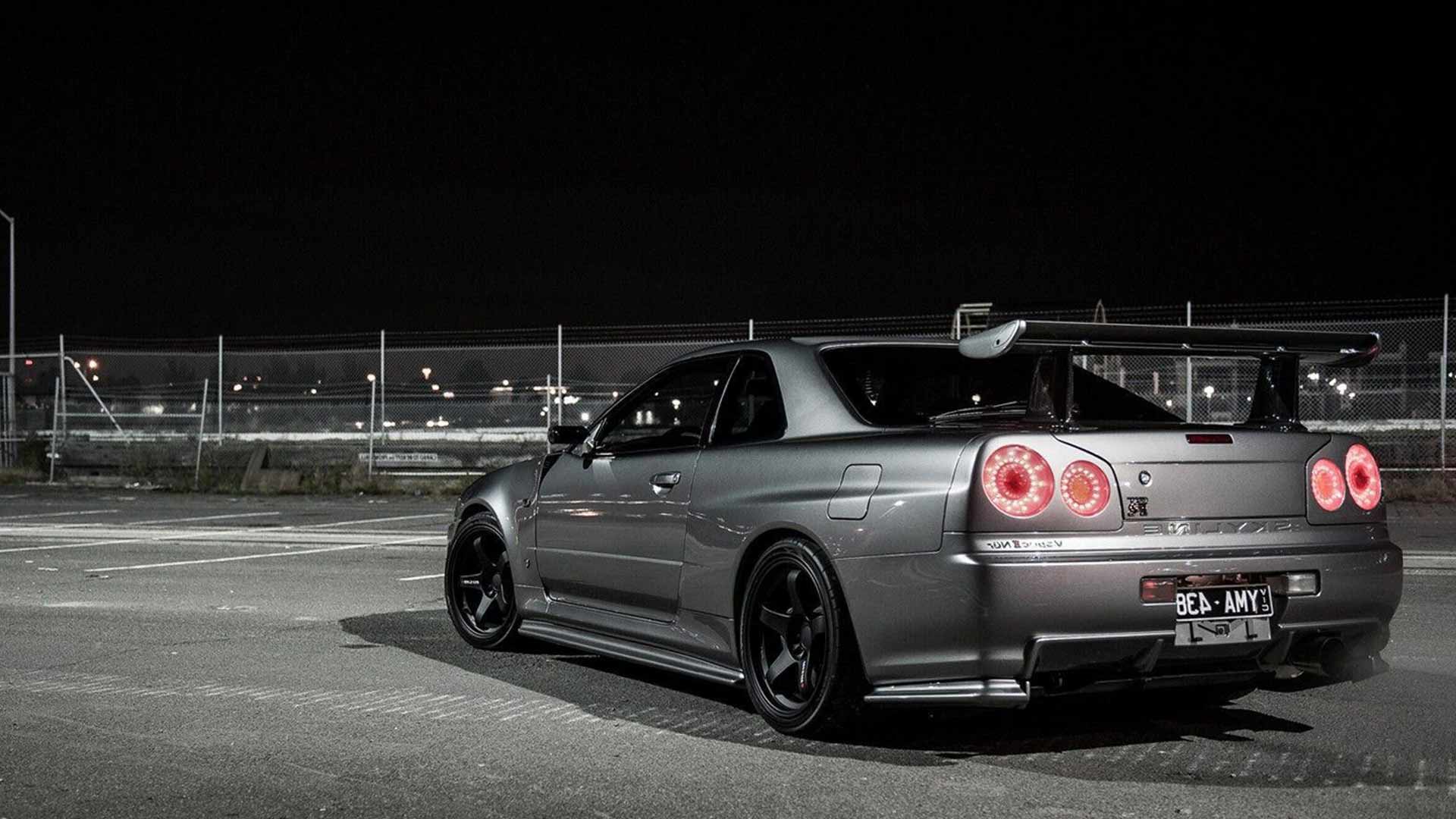The Future is Bright Indeed
As a self-professed auto enthusiast, one of my favourite memories growing up was meeting Godzilla, Nissan’s R34 GT-R. The moment I saw the back of that car I fell in love – four rings of vivid red signalled the arrival of the beast. That form factor has stayed with me ever since, and today, when driving, getting the chance to see those four rings of speed means that I’m transported back to my first encounter, and the memories that come with it.

Break light and headlight luminaires are included in cars because they serve a very important function. We all know what they’re supposed to do: light up the road ahead and signal to the people behind that we’re slowing down. Yet, today, these lights have become more than just functional items on our cars – they’ve become an identity, something that inspires emotions and feelings based on simple shapes and patterns.
One of the first pioneers in changing the look of headlights was BMW with the introduction of “Angel Eyes” on the 5 Series in 2001. The impact was so massive that it became a style that everybody wanted to emulate with after-market kits. Angel Eyes were all the rage when it came to the street culture of tuner cars – if you didn’t have them, your car wasn’t complete. The light was a basic circular shape, creating a halo around the actual headlight projectors. It didn’t do anything functional, yet it looked amazing.

Most car enthusiasts would recognise another company that pioneered the shape of headlights: Audi. Audi was one of the first in the recent past that elevated the simple headlight to a design landmark with the swooping lines, introduced in A7 series and the R8 in 2008. To this day they remain one of the best examples of attractive design elements in the automotive world.

So we come full circle to my original point: exterior lighting for most cars used to be purely functional, but for the last decade or so it has become more than that. It’s become part of the branding – each company is coming up with different designs, showcasing cutting-edge technology and unique shapes, which become icons in the automotive market.
The evolution of lighting in the automotive world is certainly not done. It has yet to finish its metamorphose within our present confines of current applications. How far will the technology of today influence our usage of lights? How will car manufacturers light the cars of the near future?
To answer these questions one must understand that the present-day form factor of cars will not continue in its current form or function. The shape and function of our cars is evolving. Companies like Uber, Waymo and Tesla are but a few trying to transform the future of car transportation to a utopia of self-driving autonomous high-speed boxes transporting us around. So things like driver-oriented luminaires like the map light in your sun visor shouldn’t be needed any more, because in the near future you might not be facing forward – “driving” could be a thing of the past.

Currently high-end car manufacturers are looking at re-imagining the interior space, especially in terms of lighting. Rolls Royce gives you the midnight sky in a pizazz-y form factor at the headliner, so you can travel under the stars. The car can map current constellations or any particular quadrant of the night sky for your viewing pleasure. And you can have shooting stars dancing on the roof – what more could you want!

Mercedes is even looking at projecting a virtual red carpet to make you feel like a superstar every time you get in and out of your car – and all of this is done with the power of light.
The final question is alas: should lighting designers start getting involved in designing car interiors? I think we should, because today’s car interiors look more and more like hotel rooms and meeting spaces. Lighting starts to play a big factor in these spaces and ultimately influences the usage of said space. Future cars will become meeting rooms and temporary working areas, and as such, our input would make sure that these spaces function as intended, while keeping the occupants well entertained and comfortable.
The future is now, and the future is looking bright indeed.


